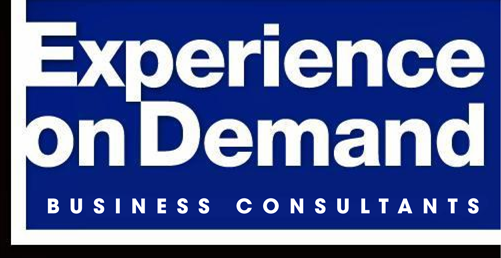By, Barry Worth – Partner
As business owners mature, begin reflecting on their careers, and what they want to do with the rest of their lives, they being thinking about their greatest asset. This, of course, the business they’ve started and built throughout the course of their entire business career. In order to assess if you are ready to exit your business, here are a few questions to consider:
- Do you really want to exit your business?
- How do you cash out and maximize the value of the business?
- How do you want to spend the rest of your life?
- What financial resources do you currently have to support your planned lifestyle?
- What must the sale of your business yield to complete your financial resource package?
If the best vision of your future is a bit fuzzy, perhaps you are not ready to exit – but many of the other things discussed here are still applicable, because some day you will definitely be ready to exit. If you have a clear outlook, you need to roughly budget the cost of tat envisioned future.
The questions above are all relatively personal and therefore every business owner will have different answers to the questions because of the highly personal nature of exiting one’s business, you must create a team of advisors to guide you in this major decision. This team typically includes an investment banker, accountant, lawyer and sometimes a most trusted business confidante. It is important that there be at least one person leading the transaction. However, remember this team is assembled to meet YOUR GOALS. It is also important they are highly experienced and have been through exit transactions before.
Because no two transactions are the same, there are always unique situations that arise during the process. It is not uncommon for transactions to reach the end without the players understanding the end has been reached. An experienced team will always know when they’ve arrived at the end of the process, which further underscores the importance of an effective and experienced advisory team.
What you should remember is that generally, however you’ve answered the questions, your desires can be worked through and accomplished. Sometimes not precisely the way you would like – but a solution can be achieved.
This series of three articles is going to take you through the process of arriving at the right decision and determining how to achieve your goals.
I like to think of the process as planning and implementation. The process is:
- Strategic Planning
- Succession Planning (covered in part 2)
- Implementation (the transaction; covered in part 3)
Strategic Planning
After the decision is made to exit the business, the process begins with strategic planning. It is absolutely imperative that once you decide to sell the business that the business is ready to be sold. The way you do this is to have a comprehensive business plan in place for a buyer to be impressed when they look at the business. With your trusted team of advisors, it’s time to start analyzing the business plan, the numbers, the operations and the personnel to make sure that the business structure is both sensible and sellable.
Most businesses are not ready to be sold when the decision is made to exit. In many cases, the company has to design (or redesign) a business plan and improve the business results in order to maximize the shareholder’s value. It is very important that a business about to be sold shows positive trends, has direction, and appropriate focus, among other attributes.
This is where strategic planning helps. An appropriate business plan addresses direction, focus, personnel (including identifying successors), profitability and many other business needs. Buyers are going to be looking for a company that has:
- Profitability with positive trends
- Strong balance sheet
- Growth
- Strategic direction and plan to achieve future successes
- Experienced key management in place for continuity of the business
- Good solid workforce in place
- Products and service offerings
- Strong sales and marketing
- Good reputation
- Identifiable intangibles such as: patents, copyrights, etc.
You will often hear about the hidden or intangible value of a company. These intrinsic assets bring value and sometimes substantial value to a business sale. During the planning process it is important to determine all the alternatives available to you and your company. Some of the exit alternatives you may want to consider are:
- OUTRIGHT SALE
- Financial buyers
- Strategic buyers
- Owner/operator
- Management buyout via Employee Stock Ownership Plan (ESOP)
- Total sale of the company to a trust
- Partial sale
- RECAPITALIZATION
- Partial – a partial recapitalization is selling a piece of the business and retaining a piece in order to get a second “bite of the apple” when the business gets sold.
- Full – a full recapitalization is when the owner cashes out and may exit or stay on without a financial interest.
There are many solutions to the desires of business owners, but first you must determine what best fits your needs and then set the plan to achieve your goal. Once you have done this you are ready to begin your succession planning.
Barry H. Worth, CM&AA, CPA/ABV (Retired), is a Partner of Experience on Demand. Throughout his career of 40+ years, he has been involved with hundreds of M&A transactions in virtually every industry. Contact Barry at Barry.Worth@Experience-On-Demand.com or (314) 795.6014.
